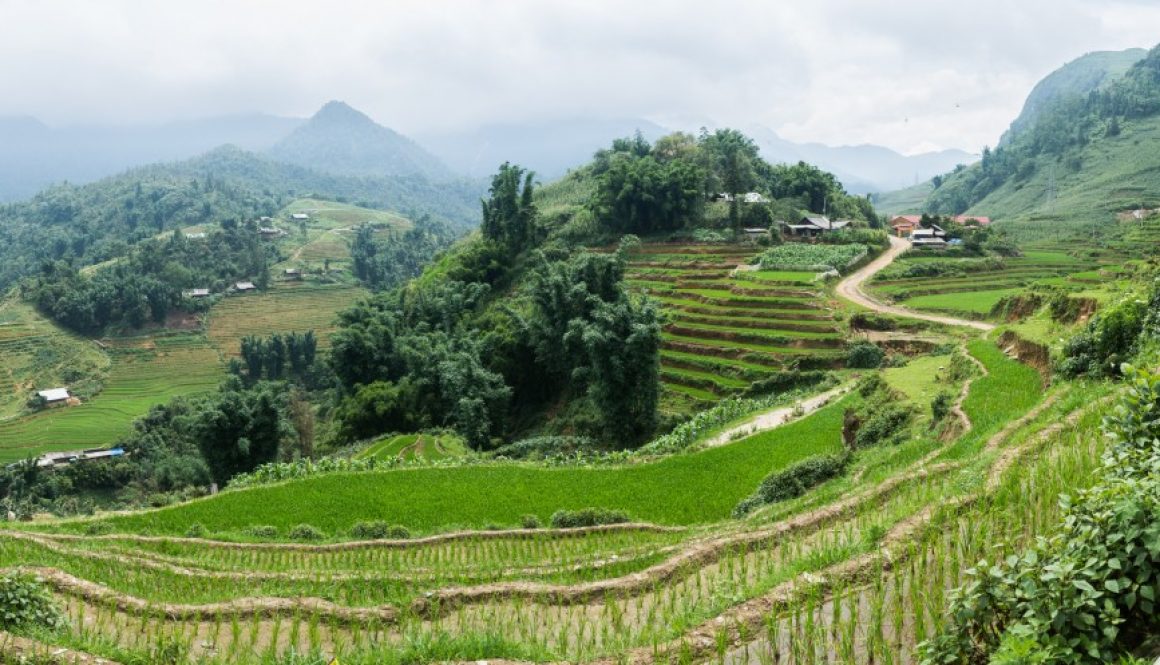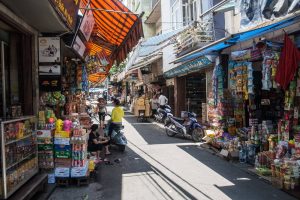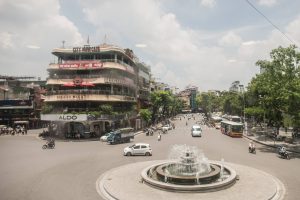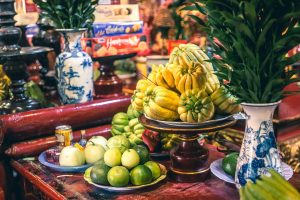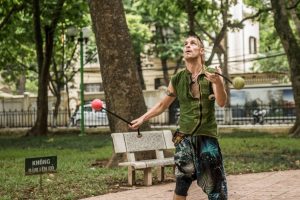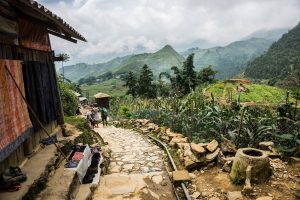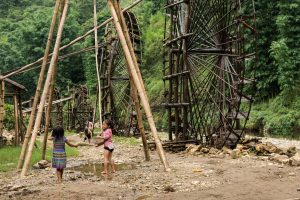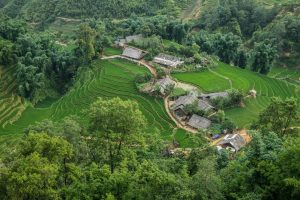Behind the Camera : The Rice Fields of Sapa
Previous post in this series here.
Next post in this series here.
I’d say the biggest problem with deciding to visit South East Asia during July and August is that it’s bordering on the edge of the rainy season. For the entire trip, I felt like we were managing to somehow keep just ahead of the bad weather and there were times we heard that places we had just been in were flooding and being subjected to torrential rain. On the bright side of that (pun totally intended), it’s also the tourist off-season so there was never an issue of being able to find space at a hostel.
Country number two on the tour and where this next story takes us is Vietnam. A country with an incredible, and quite recent history of revolution, communism and war all of which is still very much present in the minds of people you speak to there today. Following mine and Andy’s stay in Laos, and the regrettable decisions made in the backpacker party town of Vang Vieng, we met with Andy’s brother, Billy, in Hanoi Airport for the next leg of the trip. The capital city of Hanoi is a stark contrast to the experiences of Laos with its cluttered streets, dense onslaught of scooters and that odd ‘off’ smell that seemed to linger around every corner, but the rich history on offer gave plenty of reasons to explore the city and meet some of the locals who seem to enjoy any opportunity to practice their English. Growing up in England I’d found most people generally don’t talk to you randomly in the street unless it’s to argue with you or ask you for change. After overcoming my initial apprehension, I learned that most people there are incredibly friendly and genuinely just want to chat with you (except the taxi drivers). With only 48 hours in Hanoi we tried to cram as much of the city in as humanly possible and were notably able to include the WW2 prison, several museums, a water puppet show (that one’s hard to explain), extensive walking around the city and the rather unfortunate decision to sample some of the local cuisine.
Now, don’t misjudge me here, I love trying to new food, but all I can say is that mine (and Andy’s) stomachs were still a little too fragile after events in Laos – which I am not permitted to disclose in such a public forum – and we probably should had played it a little safer than a back-alley food stall where we were served a dish of pigeon while sat on tiny stools next to the road. I guess we were going to get ill eventually but I think it may have given our newcomer to the trip, Billy, the wrong idea of what the rest of the holiday would entail when we opted for dominos and KFC the next few days in a poor attempt to recover.
I personally find travelling that you tend to meet some pretty interesting people along the way and Hanoi was no exception where we shared a room with a guy named Jay, a juggler from Bristol who joined us on our second day of exploring the city, the mausoleum and more museums as we chatted shit about life, love and religion proving the people you meet on a journey can be as interesting as the places you visit.
In an effort to save money and time in what was a pretty intense two-month schedule, we had booked a sleeper bus (our first of many in the end) to take us further north to Sapa known for its picturesque rice fields and villages. I honestly didn’t really know what to expect from a Vietnamese sleeper bus and it was an enlightening experience over the course of the next two months experiencing the wide varieties and qualities of the various night buses we would travel on and the service stations they would visit (and the food on offer at these locations), this first bus did however set the standard for all future buses in that they would:
a) not be made with the height of a 6″2 westerner in mind
b) not enable you to get a good night’s sleep but
c) provide a perfect opportunity to don our fetching new attire of ‘elephant trousers’.
The bus arrived in Sapa around 3am but on advice from the operators we were all permitted to stay on board until 6am as the area was known to potentially be a bit dodgy. Waking up, far from refreshed, we were tasked with locating our hostel as well as making our way through the masses of people who had congregated outside our bus in an attempt to lead us to hostels they were affiliated with or to offer tours of their villages. Our next hour was spent wandering relatively lost with a small group of women lurking behind us dressed in their traditional Vietnamese clothing, like a pack of wolves, waiting for any sign of weakness or any member of our group to trail slightly behind so they could pounce and attempt to sell their wares.
After eventually making it to our hostel, which we wearily and regretfully learned was at the top of a very steep hill, we opted to set up base camp in the hostel lobby and shower, change and sleep as we were far too early for check-in. It was a surprisingly nice pit-stop from the hectic few days we’d had, little did we know things were only going to get more tiring and hectic as the trip went on, but for now we were able to enjoy the idyllic Sapa region with its unending, tiered fields of rice in every direction as far as the eye could see. Unfortunately for us though, the eye was not able to see that far; rainy season was creeping up on us. We were still able to enjoy walks around the beautiful, if what slightly touristy, local villages as well as getting lost trying to find some of them before having to give up and call a taxi (not easy when you have no idea where you are). But we were never able to really experience the Sapa we had seen in photos nor ever even see the peak of Mt Fansipan (the highest mountain in Vietnam).
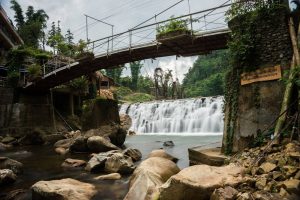
Even with the weather, the dodgy snot-like soup we had one evening and the street beating of a local we witnessed and quickly ran away from, Sapa is still an incredible place any time of year and as a group we were lucky enough to have that experience enhanced by a very friendly taxi driver. A taxi driver who managed to find us in the middle of nowhere after getting ourselves lost and took us on an amazing tour of the local villages where we got to experience things we never would have found on our own. We learnt how they make indigo dye and cane juice, about the rice crop itself and the unbelievable fact that despite the entire region being covered in rice fields, it is only enough rice to sustain the Sapa area and none of it is exported.
I guess the lesson of this story is that having a very limited amount of time to visit a lot of countries and being limited by what time of year I was able to go, I was going to have to accept that as a photographer, I wasn’t always going to get that perfect shot I pictured in my head. I could have spent days or weeks out there even at the right time of year waiting for the perfect weather and perfect time of day but that’s not what I was ultimately out there for and at this point in the trip I had no idea if I was ever going to get that perfect photo of any of the places I was going to visit, maybe I was going to time it just wrong everywhere; fortunately that was not the case but that’s a story for another day.
